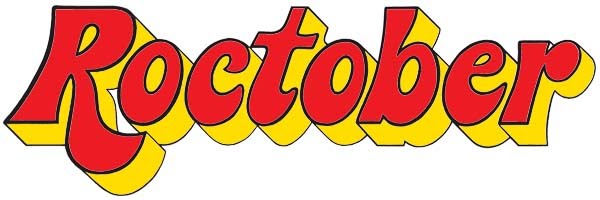(University Press of Mississippi) Ensminger is a punk rock lifer, which in itself isn’t that rare: though the punk scene has always had plenty of tourists and folks going through “a phase,” many participants are either so committed to punk’s do-it-yourself ethos, or are too damaged or in love with the lifestyle to ever get on the office cubicle track. But what makes the author unusual is that he seems to be the rare punk not wearing blinders that only allow him to see the era he came up in. Though Visual Vitriol has a constantly ringing lament about how internet social network culture provides a less organic, expressive means of communication than the Xerox-generated flyers, zines, and visual art that was the Pony Express of past generations, he has genuine respect and interest in not only the canonized punk and hardcore scenes of the late 70s and early 80s, but also 90s scenes and contemporary scenes, not to mention global scenes across eras. This reverence for a wide field allows the photocopied punk flyers that are the heart of this study to represent decades of expressive, visceral art/promotion, and the only thing that could make this collection of art better would be if there were more of it…what’s with all those words? An English/Humanities professor at Lee College (in addition to being a zine editor and playing in punk bands, including one with Biscuit from the Big Boys, whose voluminous Texas punk flyer collection is drawn from here), Ensminger actually does an amazing job addressing both punks and academics in his text, and perhaps the most radical thing about the book is that in addition to interviews with many punk luminaries, he is using a professor’s approach to data collection that is still willing to cite zines and underground sources, resulting in a bibliography revealing that data from Maximumrocknroll far outweighs info culled from academic journals. Combining a social and aesthetic history, Ensminger convincingly argues that unlike the posters that promoted the 60s music scene, which used florid visuals and drew from celebrated art history, the amateurish, cut n paste, raw, hand-lettered, imperfect, startling flyers taped to poles advertising shows by the Misfits, Suicidal Tendencies, Scream, Limp Wrist, and AOF, truly represent a reaction to modern fears and disorder in a way that beautiful 60s posters (and to a degree, the contemporary screenprint poster scene) never could. Concentrating less on specific artists, the author plays down visually sophisticated participants in the scene like Raymond Pettibon, Art Chantry and Gary Panter, and celebrates the inspired, clumsy-fingered teens with rubber cement and wheatpaste. When arguing for this art, and positioning it in the context of punk’s ethos and history, the book is remarkable (there’s actually a whole chapter devoted to a thoughtful exploration of skull imagery). Just as impressive, but perhaps not quite as integrated into the art book context, are the author’s explorations of punk amongst non-white/male/hetero communities. While his research, analysis, examples, and balance of “the scene” and “The Academy” is on point in these chapters, it is a step away from the study of artistic expression that seems to be the thesis here. Then again, he did say “and” in the title, plus, if he was trying to trick The Man into paying to publish two books in one, that’s pretty damn punk.
Thursday, March 1, 2012
Visual Vitriol – The Street Art and Subcultures of the Punk and Hardcore Generation by David A. Ensminger
Subscribe to:
Post Comments (Atom)



No comments:
Post a Comment